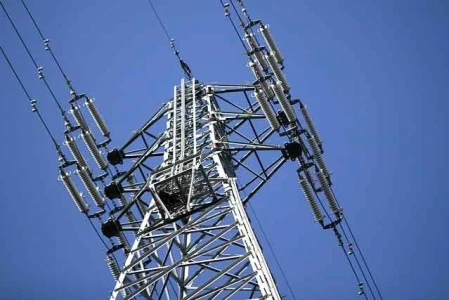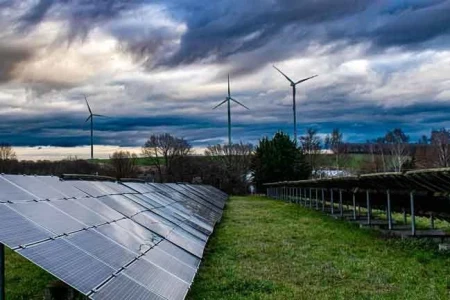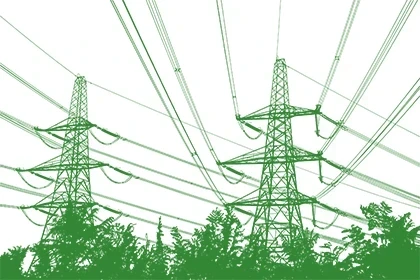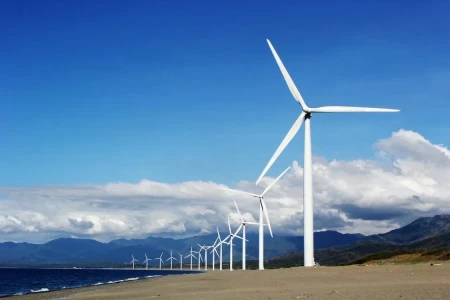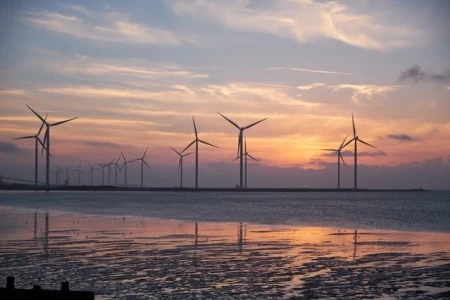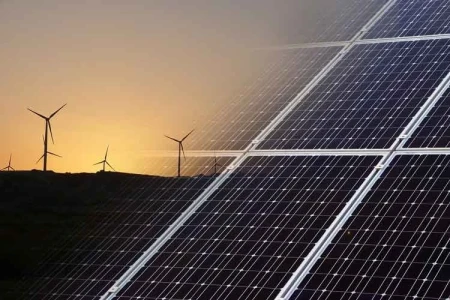EPA Funding Freeze Disrupts Green Bank Initiatives
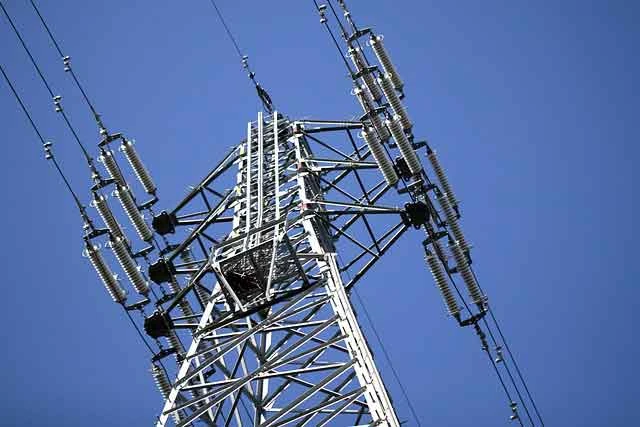
A recent decision by the Environmental Protection Agency (EPA) to freeze access to $20 billion in Greenhouse Gas Reduction Fund (GGRF) grants has created a major disruption in the renewable energy sector, particularly for green bank nonprofits tasked with financing sustainable energy projects. The freeze, which has been in place since February 18, 2025, is causing significant financial strain for nonprofit organizations that depend on these funds to support projects aimed at reducing carbon emissions, fostering green energy initiatives, and providing financial assistance to underserved communities.
The GGRF, part of the Inflation Reduction Act, was designed to mobilize private capital for climate change mitigation efforts, offering grants that would support projects like solar energy installations, wind power systems, electric vehicle infrastructure, and more. The funds were intended to drive renewable energy growth, create jobs, and make clean energy accessible to communities that have historically been underserved or unable to participate in the clean energy transition.
One of the biggest casualties of the EPA’s funding freeze is the Climate United Fund, a nonprofit organization responsible for administering a significant portion of the GGRF. The fund’s primary mission is to direct resources to renewable energy projects such as solar installations on tribal lands, as well as financing electric vehicle manufacturing and other clean energy innovations. However, with the freeze in place, the fund is unable to pay its bills, risking bankruptcy and layoffs for staff members. The nonprofit’s financial distress has raised concerns about the long-term viability of smaller organizations that depend on GGRF grants for their operations.
The situation has been exacerbated by an internal investigation launched by the EPA, which is scrutinizing allegations of financial mismanagement and conflicts of interest within the administration of the GGRF. These investigations have left the future of the fund in doubt, while projects across the country are put on hold or even canceled due to a lack of financial backing. As a result, smaller and emerging green energy companies are especially vulnerable, with many now struggling to keep their operations afloat while waiting for clarity on the fate of their funding.
Political Backlash and Concerns Over Renewable Energy's Future
The freeze has led to significant backlash from political leaders, particularly among Democratic lawmakers, who have voiced concerns about the impact on climate goals and job creation. Senate Democrats have called on the EPA to immediately lift the funding freeze, arguing that the delay is illegal and will cause irreparable harm to communities that are relying on these projects to reduce energy costs and improve local economies. Many are concerned that the freeze could undermine the Biden administration's broader environmental goals, especially at a time when the U.S. is attempting to reduce carbon emissions and transition to cleaner energy sources.
The freeze has also ignited further debate over the role of the private sector in financing renewable energy. While the GGRF was designed to attract private investment into clean energy, the freeze has illustrated the fragility of relying on government funding and grants to kick-start green energy initiatives. If these funds continue to be unavailable, smaller projects could struggle to find alternative sources of capital, potentially delaying or derailing efforts to transition to a clean energy economy.
Furthermore, the situation is raising concerns about the broader political environment surrounding climate change and environmental policy. The EPA’s decision to halt the funds has stirred tensions between conservative and liberal factions. Some Republicans, including former Congressman Lee Zeldin, have criticized the administration’s oversight of the fund, accusing the EPA of failing to ensure transparency and accountability in the distribution of grants. These concerns have led to calls for an overhaul of how green banks and other renewable energy initiatives are managed, suggesting that greater oversight may be necessary to prevent financial mismanagement or conflicts of interest in the future.
The Way Forward for Green Banks and Renewable Energy Projects
As the situation continues to unfold, it remains unclear when or how the freeze will be lifted. In the meantime, many green bank nonprofits are looking for ways to stay afloat, seeking alternative sources of financing or temporary funding to keep their projects on track. For larger organizations with diverse revenue streams, the freeze may be a manageable setback. However, smaller nonprofits that rely heavily on GGRF grants are at greater risk of financial instability and even closure.
For the broader renewable energy sector, the freeze highlights the need for greater stability in funding and more transparent mechanisms for distributing grants. If green banks and nonprofits are to effectively combat climate change, they must have consistent access to the resources required to make clean energy projects a reality. The current disruption underscores the challenges that remain in scaling up renewable energy solutions across the U.S., particularly for communities that have historically been left behind in energy transitions.
While the EPA’s freeze is certainly a setback, it also serves as a reminder of the vulnerability of green energy initiatives to political and financial uncertainty. As the government and private sector work together to chart a path toward a cleaner energy future, it is essential that mechanisms for funding and supporting green energy projects remain strong and reliable.
The EPA’s freeze on $20 billion in Greenhouse Gas Reduction Fund grants has created significant challenges for green banks and nonprofits engaged in financing renewable energy projects. With climate change remaining an urgent global issue, the disruption has serious implications for the future of renewable energy in the U.S. While the funding freeze has triggered political debates and concerns about financial mismanagement, it also highlights the need for greater stability and accountability in green energy financing. As the situation evolves, it is crucial that both government and industry leaders find ways to ensure that the renewable energy transition continues without further interruption.

